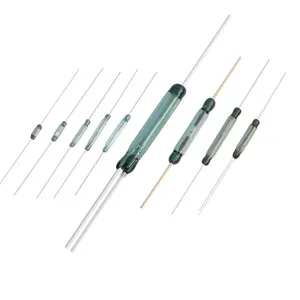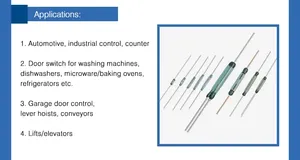Introduction to Actuator Reed Sensors
The actuator reed sensor is an essential device in the realm of automation, harnessing magnetic fields to trigger a switch mechanism. These sensors are known for their responsiveness and reliability, making them integral in various applications across industrial and consumer sectors. Utilizing a simple yet effective design, the actuator reed sensor operates when a magnetic field nearby induces the opening or closing of its reed contacts, enabling seamless function in countless devices and systems. Understanding its types, applications, features, and the advantages it offers can help you leverage this technology effectively in your operations.
Types of Actuator Reed Sensors
- Normally Open (NO): This type only closes the circuit when a magnetic field is present. It’s widely used in security systems to detect doors and windows.
- Normally Closed (NC): The circuit is closed by default and opens when the magnetic field is activated. This type finds application in critical machines where failure alerts are essential.
- Form A (SPST): A single-pole, single-throw configuration ideal for basic switching applications.
- Form B (SPDT): This type performs dual function with the option to connect different circuits simultaneously, offering versatile functionality.
Applications of Actuator Reed Sensors
- Industrial Automation: Used in assembly lines for position sensing and equipment monitoring for operational efficiency.
- Automotive Industry: Employed in speed detection, door closures, and safety applications, enhancing vehicle functionality.
- Home Security: Vital in alarm systems, they safeguard premises by monitoring entry points like doors and windows.
- Consumer Electronics: Integrated into devices such as washing machines and printers for efficient operation management.
Features and Advantages of Actuator Reed Sensors
- High Sensitivity: Actuator reed sensors are highly sensitive to magnetic fields, ensuring swift response and accurate operation.
- Longevity: With no moving parts, these sensors typically boast a longer lifecycle, minimizing maintenance costs.
- Compact Design: Their small size makes them adaptable for use in confined spaces without compromising performance.
- Environmental Resistance: Many actuator reed sensors are designed to withstand harsh environmental conditions, making them suitable for a range of industrial applications.
- Cost-Effective: These sensors offer a reliable and low-cost solution, optimizing budgets for large-scale projects.







































